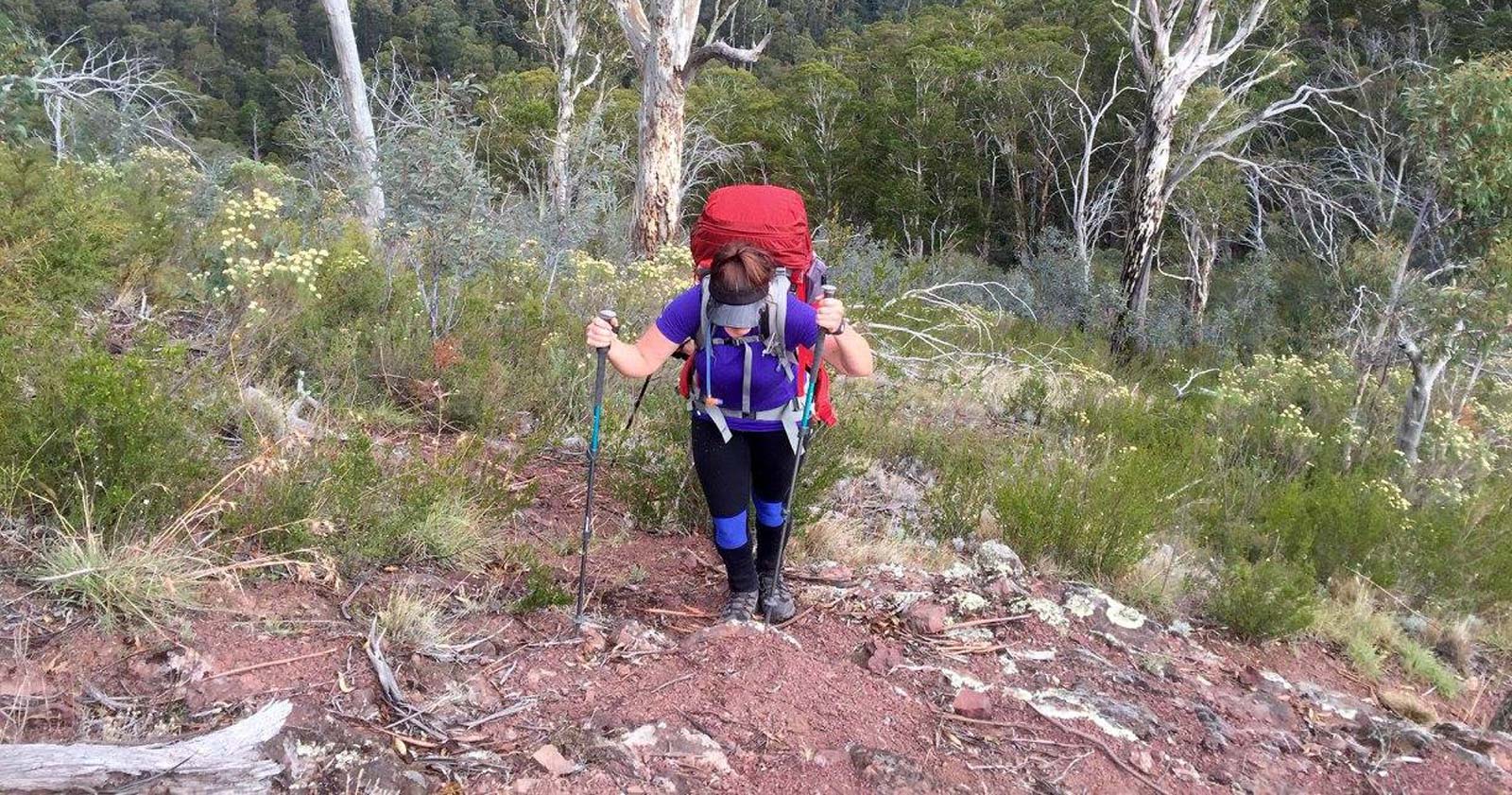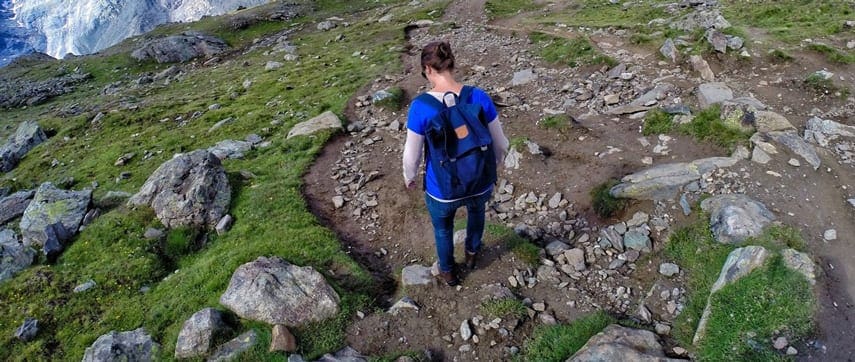Essential Hacks for Hiking Hills: Tips for Going Up and Down
Let’s face it—hiking up or down hills can be a love/hate thing. Climbing makes you sweat and feel every muscle working, while descending can sometimes leave your knees protesting. But here’s the good news: with the right techniques, hiking hills can be easier, safer, and even enjoyable. Let’s dive into some tips that will help you tackle both uphill and downhill terrain like a pro.

Hiking Uphill: Find Your Flow
When you start uphill, it’s natural to want to push hard. But a steady, efficient approach will actually get you further with less effort. Here’s how to make uphill hiking feel like less of a struggle:
- Warm Up First: Hiking uphill uses your muscles differently than level walking, so give yourself a few minutes on flat ground to warm up before hitting the incline. Warming up helps you avoid muscle fatigue right at the start.
- Shorten Your Stride: Taking big steps uphill can sap your energy and strain your knees. Instead, keep your steps short and steady. Smaller steps keep your body aligned and help engage your core for balance. Think of it as pacing yourself rather than powering through.
- Keep a Natural, Upright Posture: When the hill is steep, it’s tempting to lean way forward. But try to keep your upper body upright, which allows you to breathe easier and keeps your core engaged. Using your arms as you walk (even if you’re not carrying poles) can give you an extra boost, especially if you’re carrying a backpack.
- Take It Easy on Speed: Charging up hills can wear you out fast. Instead, settle into a comfortable rhythm, and if you feel winded, slow down a bit rather than stopping completely. This way, you’ll keep your heart rate steady and avoid frequent, tiring breaks.
- Go Zigzag on Steep Slopes: For very steep sections, walking straight up can feel like climbing a wall. Moving up in a zigzag or switchback pattern gives your muscles a break, distributes the strain, and helps you conserve energy.
- Poles Are Your Friend: Hiking poles can make a big difference on steep climbs by giving you a bit of extra push. Adjust your poles so that your elbows are at a 90-degree angle when holding them. Place each pole slightly behind you with each stride to add a bit of propulsion forward. Over long stretches, you’ll notice it lightens the load on your legs.
Hiking Downhill: Stay in Control
After a long climb, heading downhill can feel like a relief. But don’t let gravity do all the work—here’s how to make sure you descend safely and comfortably:
- Take Smaller, Controlled Steps: Just like going uphill, shorter strides are your best friend when going downhill. Long strides can cause you to lose control and make you rely too much on “braking” with your heels, which can be tough on your knees. Aim to land on your midfoot or forefoot instead of the heel to keep things smooth.
- Mind Your Terrain: Watch out for loose rocks, wet ground, or unstable surfaces. These can be tricky to navigate, especially when going downhill. If there’s no avoiding a slippery area, keep your body low and use smaller steps to improve stability.
- Keep a Balanced Posture: Try to keep your upper body upright and avoid leaning back, which can make you lose control. Bending your knees slightly also acts as a natural shock absorber, especially on steep sections. If the slope is really intense, moving down in a zigzag can help you control speed and stay balanced.
- Use Your Legs, Not Branches: It’s tempting to grab onto branches for support, but it’s risky—they could snap or throw you off balance. Rely on your legs for support, and stick to stable footing.
- Poles for Downhill Stability: On downhill stretches, lengthen your poles by 5–10 centimeters for extra balance. Place each pole slightly ahead of you, opposite your leading foot. When you’re stepping down from big ledges or rocks, plant both poles firmly and lean on them to support your descent. You’ll feel the difference in stability and ease.
Hiking Hills: Shorten Your Stride for Balance and Control
When hiking up or down hills, one of the best strategies for stability, energy conservation, and safety is adjusting your stride length. Here’s how to approach each direction:
- Uphill: Keep your stride short and steady, taking smaller steps to avoid overextending your legs. This keeps your posture upright, allowing your core muscles to work for stability and helps conserve energy. Use your arms to propel yourself forward with each step.
- Downhill: It’s all about control—keep your steps small and avoid “braking” by landing too heavily on your heels. Aim to land on your midfoot or forefoot, with knees slightly bent to absorb the impact. Staying upright and using your arms for balance will also help you navigate the descent safely.
In both cases, tune into the terrain. On especially steep sections, you may need to shorten your stride further to stay in control and avoid tripping. Practicing mindful body mechanics and stride length will keep your hill hikes safer and more efficient.
A Few Extra Tips for All Terrain
- Stay Aware: Each hill is different. Adjust your stride length and pace based on the slope, footing, and conditions. On rough or steep terrain, shorter strides and a mindful pace will help you stay safe.
- Use Poles Wisely: If you’re interested in using poles, they can be a great help for both uphill and downhill hiking when used effectively. Check out my detailed post on using hiking poles effectively for ascents and descents for details.
Want more specific tips?
For more in-depth advice, have a look at The art of hiking uphill: Tips and tricks and The art of hiking downhill: Tips and tricks.




Shortening your stride makes a huge difference. Took me a while to figure that out.
Darren Edwards you’re a bit slow but you get there in the end.. In every sense of that sentence🤔🤣
Darren, good tip!
Poles!!!!
Julie Roberts totally agree, they help a lot too
Julie Roberts yep agree totally👍